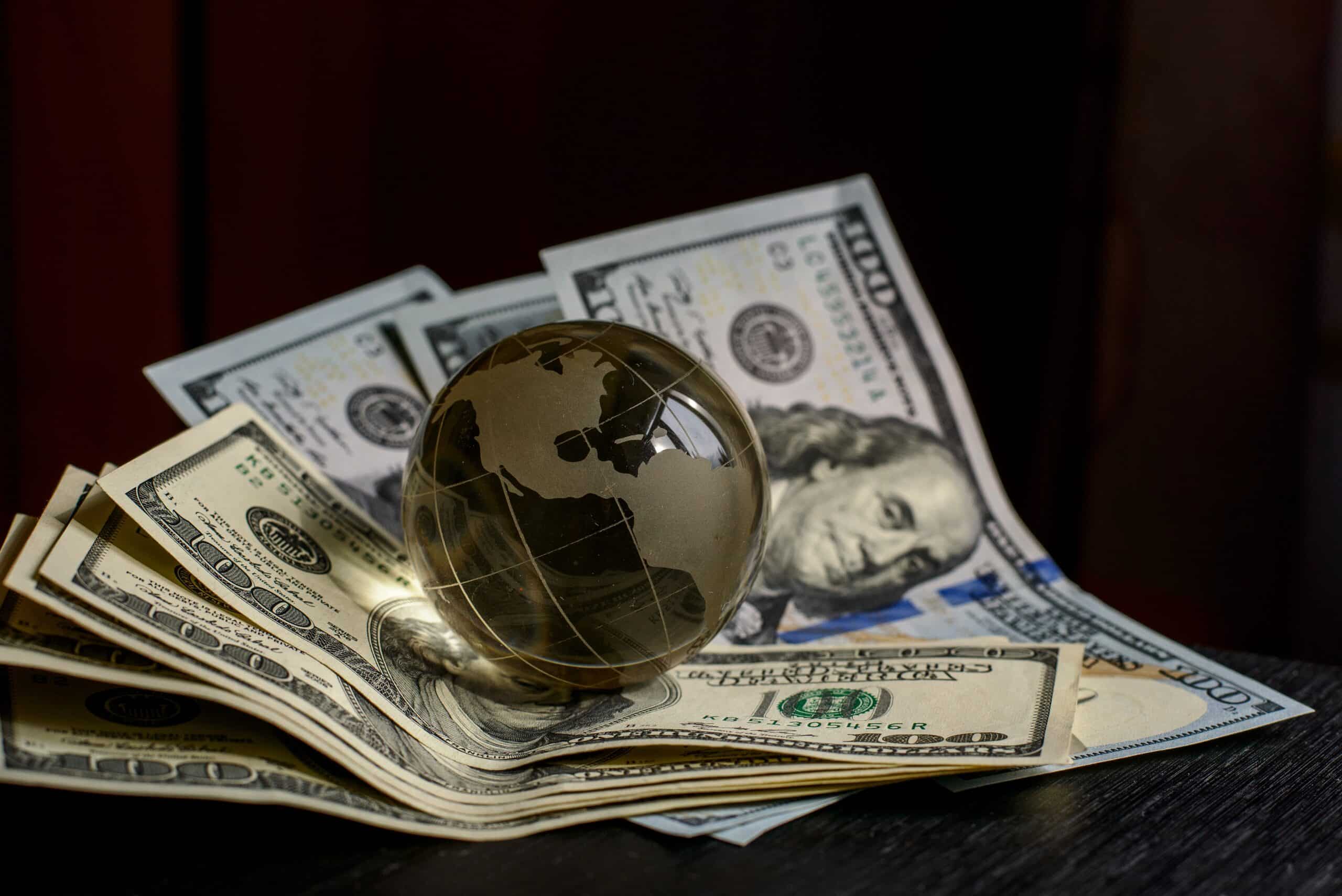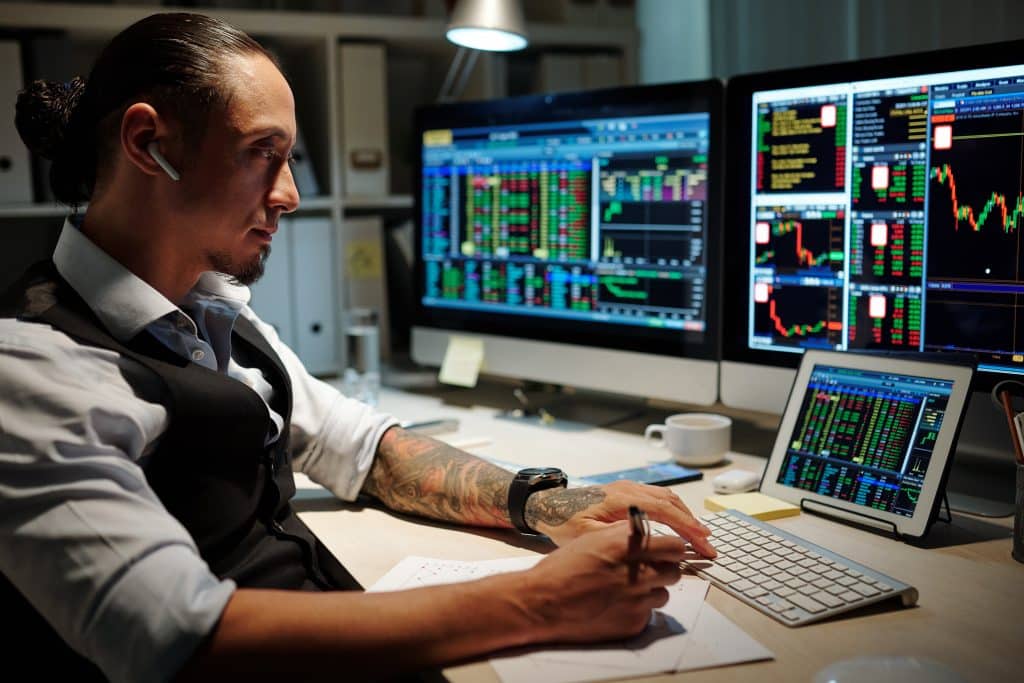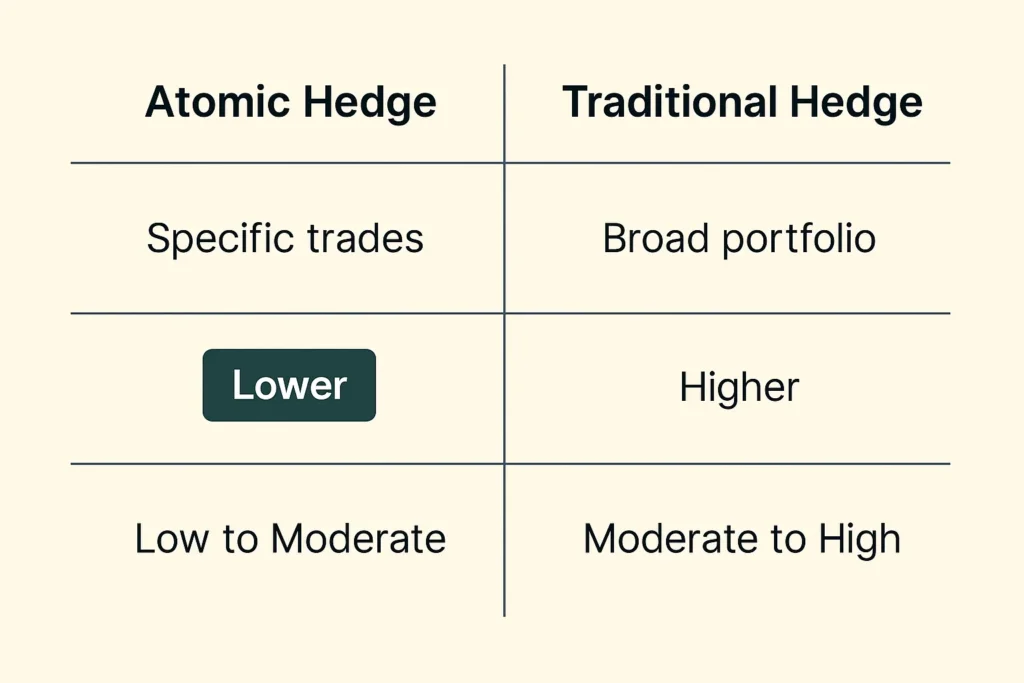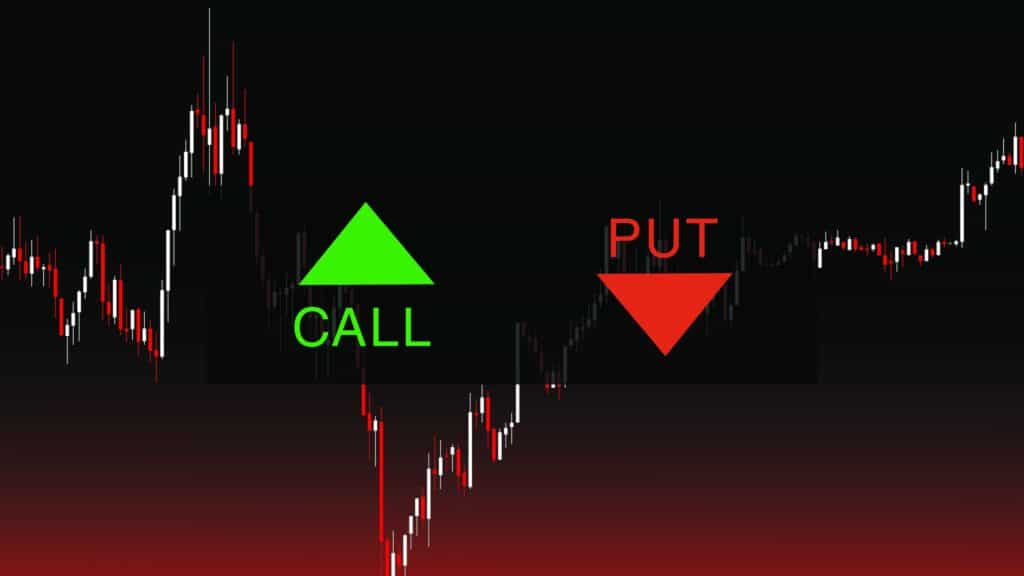The Psychology of Fear and Greed
The Psychology of Fear and Greed

Fear and greed. Two primal emotions that have a profound impact on our lives.
In the world of trading and investing, these emotions often take center stage. They can drive market trends, influence financial decisions, and shape investor behavior.
Understanding the psychology of fear and greed is crucial. It can help traders navigate the volatile financial markets and make more informed decisions.
In this article, we delve into the psychology of fear and greed. We explore how these emotions affect trading decisions and market dynamics.
We also look at strategies for managing these emotions. The goal is to foster emotional discipline and make better investment decisions.
Join us as we unravel the complex interplay of fear, greed, and the financial markets.
Understanding the Emotions in Trading
Trading is not just about numbers and charts. It’s also about emotions.
Fear and greed are two of the most powerful emotions in trading. They can significantly influence trading decisions and market trends.
Fear is a response to perceived danger. In trading, it often manifests as a fear of losing money. This fear can lead to risk aversion and panic selling.
On the other hand, greed is a desire for gain. In the financial markets, it can lead to excessive risk-taking and speculative bubbles.
Understanding these emotions is key to navigating the financial markets effectively.
The Impact of Fear on Trading Decisions
Fear can have a profound impact on trading decisions. It can lead to a variety of behaviors that can negatively affect trading outcomes.
For instance, fear can lead to risk aversion. Traders may avoid taking risks, even when the potential rewards are high.
Fear can also lead to panic selling. In times of market downturns, fear can cause traders to sell their assets hastily. This can exacerbate market crashes and lead to significant losses.
Moreover, fear can lead to:
- Overreaction to market news
- Ignoring positive signals due to fear of loss
- Holding onto losing positions in the hope of recovery
Understanding the impact of fear can help traders manage their emotions and make better decisions.
The Role of Greed in Financial Markets
Just like fear, greed can also significantly influence financial markets. It can lead to behaviors that can inflate market prices and create speculative bubbles.
Greed can lead to excessive risk-taking. Traders may take on more risk than they can handle, hoping for higher returns.
It can also lead to overtrading. Traders may make more trades than necessary, driven by the desire to make quick profits.
Furthermore, greed can result in:
- Ignoring risk management principles
- Holding onto winning positions for too long
- Chasing market trends without proper analysis
Recognizing the role of greed in trading can help traders maintain emotional discipline and avoid costly mistakes.
Historical Examples of Fear and Greed in Trading
The history of financial markets is filled with examples of fear and greed. These emotions have played a significant role in shaping market trends and events.
One of the most notable examples is the 1929 stock market crash. Fear and panic selling led to a massive market downturn, triggering the Great Depression.
Similarly, the dot-com bubble of the late 1990s was driven by greed. Investors were overly optimistic about the potential of internet companies, leading to inflated market prices.
The 2008 financial crisis is another example. Fear of a housing market collapse led to panic selling, causing a global financial meltdown.
These historical examples highlight the profound impact of fear and greed on financial markets.
Case Studies: Market Bubbles and Crashes
Let’s delve deeper into some case studies of market bubbles and crashes. These events provide valuable insights into the psychology of fear and greed in trading.
The dot-com bubble of the late 1990s is a classic example of greed. Investors were overly optimistic about the potential of internet companies. This led to inflated market prices and a speculative bubble. When the bubble burst, many investors suffered significant losses.
The 2008 financial crisis is another example. It was triggered by fear of a housing market collapse. Panic selling ensued, leading to a global financial meltdown. The crisis highlighted the role of fear in exacerbating market downturns.
The 2020 market crash due to the COVID-19 pandemic is a recent example. Fear of the pandemic’s economic impact led to a massive sell-off in global markets. However, greed quickly took over as investors rushed to buy the dip, leading to a swift market recovery.
The GameStop short squeeze in 2021 is another interesting case. It was driven by a mix of fear and greed. Short sellers feared massive losses, while retail investors were greedy for quick profits. The event led to extreme market volatility and highlighted the power of collective investor sentiment.
These case studies underscore the importance of understanding and managing fear and greed in trading. They show how these emotions can drive market trends and create opportunities and risks for traders.
Measuring Market Emotions
The Fear and Greed Index
Understanding the role of fear and greed in trading is one thing. But how can we measure these emotions in the market? One tool that aims to do this is the Fear and Greed Index.
The Fear and Greed Index is a market sentiment indicator. It uses seven different factors to gauge the emotions driving the market at any given time. These factors include market volatility, market momentum, and safe-haven demand.
When the index is high, it suggests that greed is the dominant emotion. This could indicate that the market is overbought and due for a correction. Conversely, a low index suggests that fear is in control, potentially signaling a buying opportunity.
By providing a snapshot of market sentiment, the Fear and Greed Index can help traders navigate the emotional landscape of the financial markets.
Strategies for Managing Fear and Greed
Fear and greed are natural emotions, but they can be detrimental in trading. So, how can traders manage these emotions? The key lies in developing emotional discipline and using effective strategies.
One strategy is to have a clear trading plan. This plan should outline your financial goals, risk tolerance, and exit strategy. By sticking to this plan, you can make decisions based on logic, not emotion.
Another strategy is to practice risk management. This involves setting stop-loss orders to limit potential losses and diversifying your portfolio to spread risk.
- Have a clear trading plan
- Practice risk management
- Diversify your portfolio
Developing Emotional Discipline
Developing emotional discipline is crucial in trading. This involves being able to control your emotions and not let them dictate your trading decisions.
One way to develop emotional discipline is through practice. By repeatedly facing and overcoming your fears and desires in trading, you can learn to control your emotions.
Another way is through self-reflection. By understanding your emotional triggers, you can learn to manage them better. This involves being honest with yourself and acknowledging your weaknesses.
Finally, patience is key. Successful trading often involves waiting for the right opportunity, rather than acting on impulse.
Tools and Techniques for Emotional Regulation
There are also various tools and techniques that can help with emotional regulation in trading. One such tool is mindfulness. By focusing on the present moment, you can reduce anxiety and stay calm under pressure.
Another technique is meditation. Regular meditation can help reduce stress, improve focus, and promote emotional stability. This can be particularly beneficial in high-pressure trading situations.
Finally, psychological resilience is important. This involves being able to bounce back from losses and setbacks. By developing resilience, you can maintain a positive mindset and avoid being swayed by fear and greed.
Conclusion
The Importance of Balance in Trading Psychology
In conclusion, understanding the psychology of fear and greed is crucial in trading. These emotions can significantly influence trading decisions, often leading to poor outcomes.
However, by developing emotional discipline and using effective strategies, traders can manage these emotions. This involves having a clear trading plan, practicing risk management, and using tools like mindfulness and meditation.
Ultimately, successful trading is about balance. It’s about balancing fear and greed, risk and reward, and emotion and logic. By achieving this balance, traders can make more informed decisions and improve their trading performance.
Check out our article on:
- Introduction to Options Trading
- Mastering Butterfly Spreads
- The Power of Diagonal Spreads
- The Power of Iron Condors
- The Power of Vertical Credit Spreads
Elevate Your Trading Game
Ready to take your options trading to new heights? Whether you’re a day trader, swing trader, or busy professional, we have you covered. Join our exclusive community of traders and gain access to our comprehensive educational resources, live trading sessions, and expert analysis. We’ll guide you through the intricacies of debit spreads and other advanced options strategies, helping you achieve your financial goals. Don’t miss out on this opportunity to become a more confident and profitable trader. Sign up today!
Below are the links:
To your success,

Billy Ribeiro is a renowned name in the world of financial trading, particularly for his exceptional skills in options day trading and swing trading. His unique ability to interpret price action has catapulted him to global fame, earning him the recognition of being one of the finest price action readers worldwide. His deep comprehension of the nuances of the market, coupled with his unparalleled trading acumen, are widely regarded as second to none.
Connect with us:





